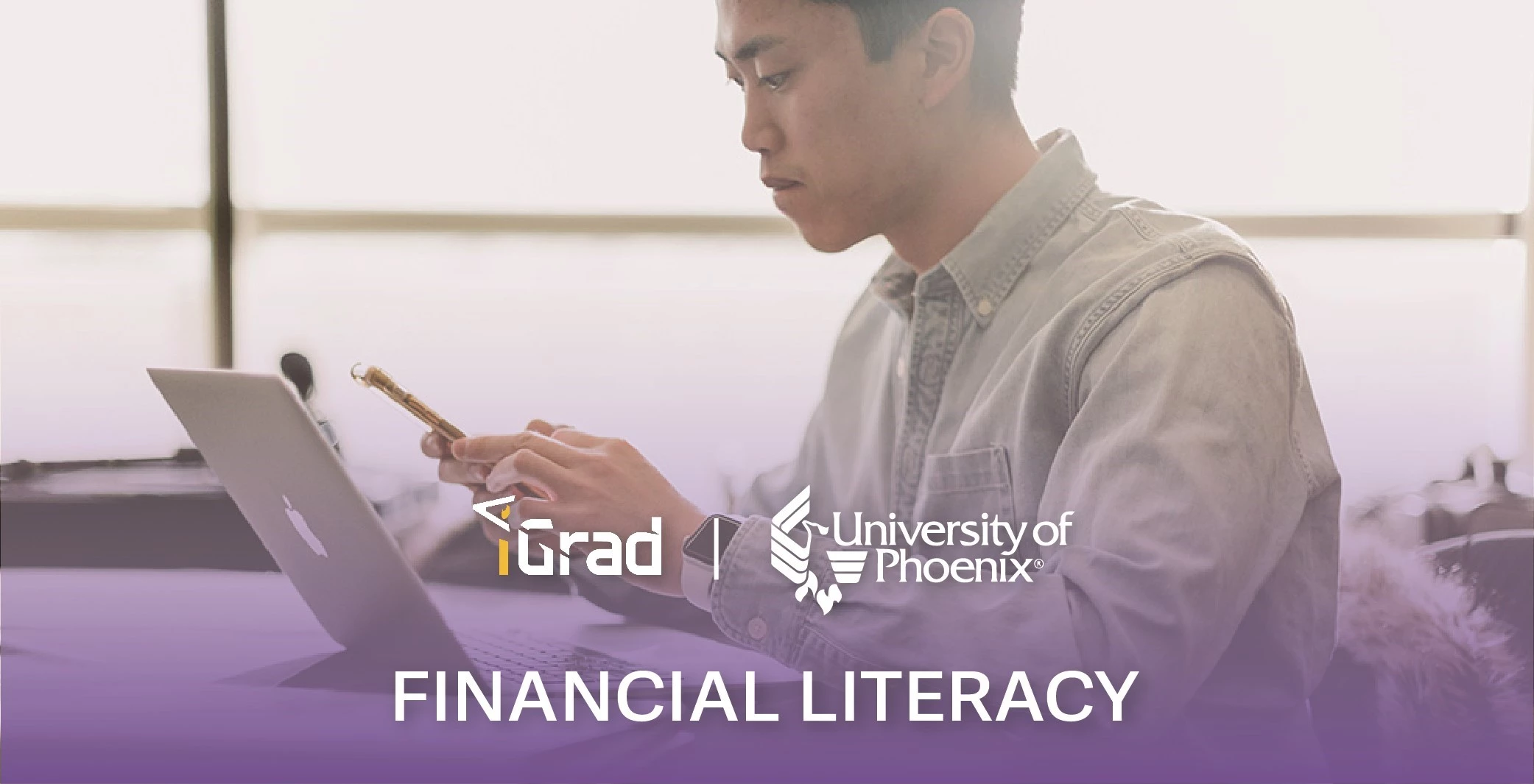In light of the current economic state—namely the rising student debt crisis affecting individuals across the nation—the discussion of financial literacy is quickly moving to the forefront in the education environment. It is a challenge, however, to develop and integrate financial literacy education in the classroom in a way that is enjoyable for students and is also meaningful and lasting. Educators have an opportunity to effectively teach financial literacy through innovative, technology-based methods that students are already using on a personal basis, utilizing the power and popularity of social media.
According to a recent study conducted by Pearson Learning Solutions and the Babson Survey Research Group, the use of social media for the purpose of teaching in the collegiate classroom has grown from 34% to 41% over the last two years. More and more educators have a greater understanding of the power of social media in teaching and the importance these mediums play in the lives of students. With the pressing need for financial literacy education for younger generations, integrating social media to achieve this end is an important consideration. If you’re curious as to how to utilize social media for the purpose of financial literacy in your classroom, here are five helpful examples.
[For examples of other institutions that have developed and implemented personal finance courses, read University of Michigan-Flint and Portland State Pump Up Financial Fitness]
Encourage and Simplify Communication between Students and Educators
Social media provides an excellent means to open communication among classmates as well as between educators and students. One of the easiest ways to bring students together for a specific class or assignment is through establishing a group on Facebook—it is simple to set up and easy to manage and moderate during its use. Students can utilize the group setting to pose questions to the entire class in a way that promotes open, productive discussion surrounding assignments as well as real-world issues in financial literacy. For those students who may not feel comfortable asking questions in front of the class, having the ability to read through discussions within the Facebook group may encourage a greater level of participation not only from them, but from all students. Because the majority of students are already using Facebook for social interactions with friends and family, it is an easy addition to their routine.
Give Students Opportunities to Connect with Experts in Financial Literacy
Another great way to utilize social media when discussing financial literacy topics is through Twitter, as a means to connect students with experts in the financial literacy field quickly and efficiently. Twitter was the first social media platform to use hashtags to connect otherwise separate users on trending topics, and students can easily use this search method to find experts discussing financial topics that are important to them. By searching for a specific hashtag, such as #studentdebt, #financialaid or #budgeting, students are able to quickly gain access to an expanded discussion from a wide range of users. Allowing students to utilize this social media outlet expands their otherwise narrow perspective of a topic and can directly link them to investment professionals, financial journalists, and other academics speaking to financial literacy issues.
Require Students to Share Assignments and Projects
One of the greatest aspects of social media is the ability users have to quickly distribute information to their networks. In the classroom, encouraging (or requiring) students to share their completed assignments and projects with their personal networks may create a deeper connection with that work. Have you asked them to keep track of their budget over the course of a month or a semester? Although that assignment is a great building block in the topic of financial literacy, students may not be all that inclined to keep up with each and every day. Missing a purchase here or there means they may miss the entire point of the project. If you require them to blog about their experience with money each and every day and share one post a week with their social media friends and followers, they may be more motivated, and ultimately, connected, to the assignment as a whole. Students can also receive feedback on their progress, not only from classmates but from their followers as well.
Engage Students with Video
To increase engagement with students and the financial literacy material being presented, educators can utilize video in the classroom. Platforms like YouTube allow for lectures to be uploaded and easily shared with students, and they then are able to process the information being presented at their own pace. Using video in the classroom can also provide an easy way to share other financial experts’ or educators’ perspectives on certain topics, giving students a more robust experience with the material they are being asked to learn. You can also ask students to create a video or host a podcast of their own as a supplement or a standalone assignment dealing with budgeting, debt management or savings. Allowing them to get creative in showing their level of understanding of financial literacy topics will connect them that much more to the lessons you are teaching.
Teach Students How to Leverage Social Media in a Professional Manner
Creating a classroom where social media use is encouraged is not only beneficial in engaging students with real-world issues like financial literacy, but it can also give students a way to build their online reputation early on. You can remind students that future employers will be looking to social media accounts when it comes to hiring the right candidate; if your students have used social media to share projects, connect with industry experts or discuss current issues in financial literacy, they will be viewed in a higher regard by those employers.
Younger generations are natives to social media, but not to financial literacy. As educators, it is pertinent that we engage with students where they are—including their need and desire to connect through social channels. In order to effectively teach students about financial literacy and help them on the crucial path to becoming financially fit, educators can implement the examples listed here easily in an effort to provide an environment that is both engaging and productive.
[To see an example on how Law Schools are promoting financial education, read Law Schools at Yale and Fordham put Financial Literacy on the Docket]









